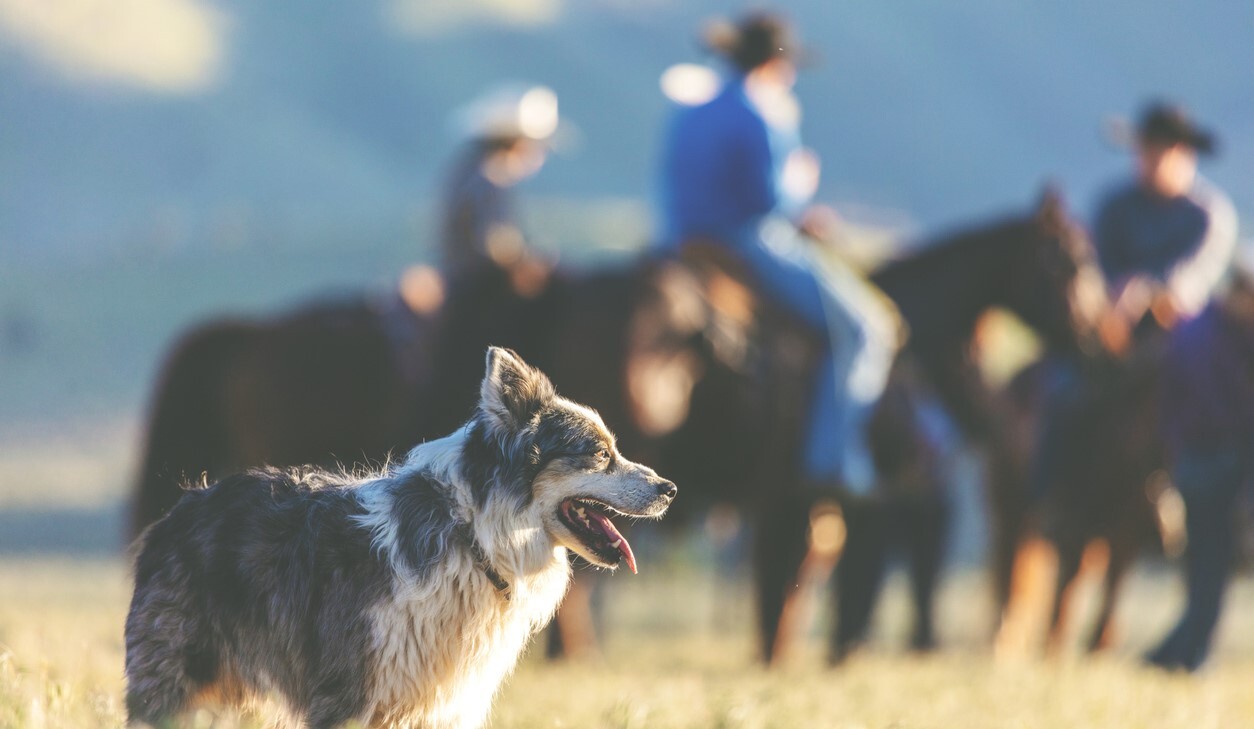
The Changing Landscape of Ranchland Ownership: Understanding the Forces Behind a Generational Land Transfer
Introduction
Ranchland, the largest segment of agricultural land in the United States, is undergoing a significant transformation. Historically shielded from broad market dynamics due to family ownership and operational continuity, ranchland is now entering an era of unprecedented change. This shift is largely driven by an impending generational land transfer, where properties traditionally passed within families are now entering the broader market. For the first time, buyers outside of these family networks are gaining access to large, high-value ranch properties, catalyzing the need for professional, values-aligned management and new ownership models.
This paper evaluates the historical, economic, and technological factors driving this change. It provides an objective look at how these dynamics are reshaping the ranchland market and what this means for the industry.
Brief Introduction to the Ranch Operations
The US Ranching industry has seen a decline in the number of operations over the last 30 years, with the number of livestock operations declining from just under 900 thousand in 1997 to roughly 623 thousand operations in 2022. This consolidation in part has occurred due to aggregation among existing family operators, expanding their land holdings as neighboring properties come to market.
Ranch Operations
Below is a table summarizing the 2022 census data for the number of ranch operations and the associated percent of the national livestock inventories controlled by those ranches, broken out by size of operation:
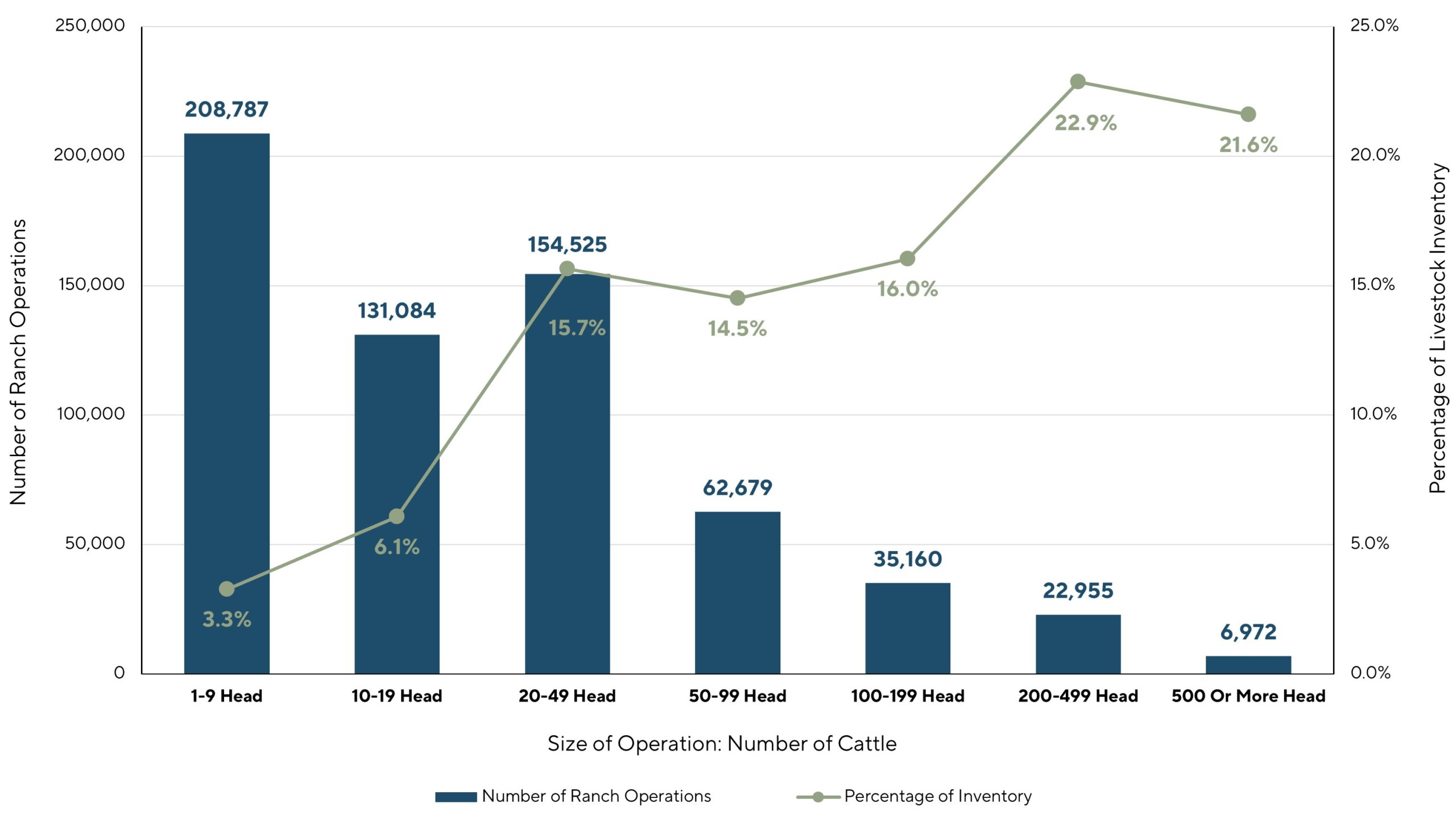
US Ranch operations are tracked through the USDA’s National Agricultural Statistical Service, or “NASS” with census data gathered every five years.
Large ranches, which can be defined as having 500 head or more, represent roughly 1.1% of the total number of ranch operations in the United States. The number of these large ranches has steadily increased since 1997 as consolidation and aggregation have occurred, increasing from 0.6% of the total number of operations in 1997.
In addition, the overall cattle inventory controlled by the top 1% of ranches (by size) has gone up, with over 21.6% of US livestock inventories produced on ranches with herd sizes of 500 head or more.
Ranch Owner Demographics
Based on the 2017 Census of Agriculture survey, the average age of a US rancher is 57.5 years old. As of 2025, we can assume that the average age is now 65 years old given a lack of available data on changing ownership demographics within the ranchland industry. Using standard mortality rate tables, this indicates that over the next 30 years roughly 94% of ranches will change hands due to mortality alone (all else equal).

Based on available market data from the National Ranchland Property Index®, there currently is an estimated $750 billion in ranchland market values in the United States, creating a significant transfer of wealth over the coming decades.
This shift represents both challenges and opportunities for new landownership models. Families face difficult decisions about retaining their heritage amidst financial pressures, while the market must adapt to facilitate responsible and morally-aligned transitions. Private businesses that align with the values of the ranching community will play a critical role in navigating this complex landscape, providing viable solutions for liquidity, operations, and also succession planning.
Importance to our Economy
Cattle production is the most important agricultural industry in the United States, consistently contributing the largest share of national cash receipts for agricultural commodities (17%, or $101 billion in 2023). Agriculture and related industries accounted for 5.5% of total GDP in the United States in 2023, which does not account for the downstream industries that rely on agriculture such as manufacturing, clothing, leather, and other industries. The Agricultural and related industries account for over 10.4% of the total US employment, with 2.6 million jobs reported directly related to growing crops and grazing animals. For ranching specifically, most of these jobs are located in rural economies, contributing to local output and often are critical to the continued viability of these areas.
Historical Ranchland Transfers
For much of the 20th century, ranchland ownership was marked by continuity within families, with an estimated 96% of properties privately owned and operated by families in the United States. During the last big land transfer from the greatest generation to the silent generation, many of these properties had been kept in the family for multiple generations, with succession planning relatively simple due to low market frictions for land ownership transfer. This stability in land ownership transfer was supported by several factors:
- Lower Land Values: From the 1980s to early 2000s, ranchland prices remained within reach for intergenerational transfers. Estate tax exemptions, ranging from $2.5 million to $3.5 million per spouse, often covered the value of family-owned ranches, minimizing financial pressures during inheritance.
- Higher Profit Margins: During the 1970s and 1980s, ranching was a more profitable enterprise. Ranchers benefitted from less industry consolidation, with the top four meat packers controlling only 40% of the market.10 This allowed ranchers greater leverage with meat processors with more bargaining power held with the suppliers.
- Family Continuity and Heritage: As stated above, roughly 96% of ranches are family owned and have been for multiple generations. This figure reflects a strong sense of heritage, coupled with manageable financial structures, which historically had encouraged generational retention of ranchland.
- Operational Challenges for Non-Family Ownership: The complexity of managing large ranch properties—requiring expertise in grazing, livestock, and stewardship—posed significant barriers to new landowners wanting to enter the market. Unlike farmland and timberland, which benefitted from professional management companies, ranchland lacked scalable solutions for non-family operators.
These factors historically ensured that large ranch properties were primarily transferred within families, creating a consistent pattern of generational ownership rather than market transactions.
Current Ranchland Ownership Transfer
Today, a convergence of market frictions are driving a fundamental shift in ranchland ownership:
- Higher Land Values: based on data from the National Ranchland Property Index®, since 1998 ranchland property values have increased by over 320%, which has contributed to an increasing segment of large ranch properties to be above estate tax exemption limits. This segment of properties are estimated to be less than 1.1% of the total number of ranch properties, but they represent nearly 22% of production acres in the United States. These larger ranches are critical businesses to rural economies, and even if the next generation within the family wants to keep the ranch, estate tax payments and lack of liquidity or access to financing are creating real challenges for this segment of landowners to pass the property to their kids.
- Profit Margin Compression: Industry consolidation has eroded ranchers’ bargaining power. Four companies now control over 80% of U.S. beef processing, while rising input costs—including feed, labor, and infrastructure—have further reduced profitability for many family operators. Larger ranches, as discussed above, are less impacted due to the inherent economies of scale in livestock production; however, smaller and mid-sized family owned ranches have experienced a material negative impact on their standard of living as the cost to own land has gone up, and profits for livestock production have been compressed.
- Shifting Family Dynamics: Younger generations are increasingly pursuing urban careers and lifestyles, often with limited interest in operating the family ranch. Financial barriers discussed above, the demanding lifestyle and shifting mindset of younger generations from hard labor to a more technology-focused economy, and lack of generational transition planning by the parents are key contributing factors to this dynamic. These transfers are often complicated by unresolved family dynamics, which can lead to emotional stress and conflict. Parents may struggle to balance their roles as authority figures and supportive family members, creating frustration for adult children seeking autonomy in decision-making. A lack of clear succession planning can leave farming children feeling undervalued, while non-farming heirs may question their roles in the inheritance process. These unresolved tensions, coupled with financial barriers, discourage younger generations from continuing operations. Additionally, without a strategic plan for fair and transparent ownership transfer, disputes over entitlements and “fair” selling prices can lead to fractured relationships and financial instability.
- Advances in Technology: Emerging tools in rangeland health monitoring, livestock management, and data analysis have created efficiencies that reduce operational barriers. These advancements enable centralized management of large properties, opening opportunities for new ownership models that give families a potential option to exit the family ranch to non-family members.
To summarize, rising land values, profit margin compression, and shifting family dynamics have created significant challenges for families attempting to pass down ranches, especially large-scale properties critical to rural economies.
Why the Transition of Ranchland Matters
As a cornerstone of agricultural production, ranchland plays a critical role in ensuring food security, preserving biodiversity, and sustaining the natural resources that underpin the health of our grassland ecosystems and economy. Addressing the challenges of land transfers with innovative solutions is needed to ensure these critical assets remain in production agriculture and in conservation-focused management practices.
Ranchlands (as defined by the USDA as grassland pastures or grazing land for livestock) represent over 29% of all land used in the United States, leading the second largest land-use (forestry) by 37 million acres.
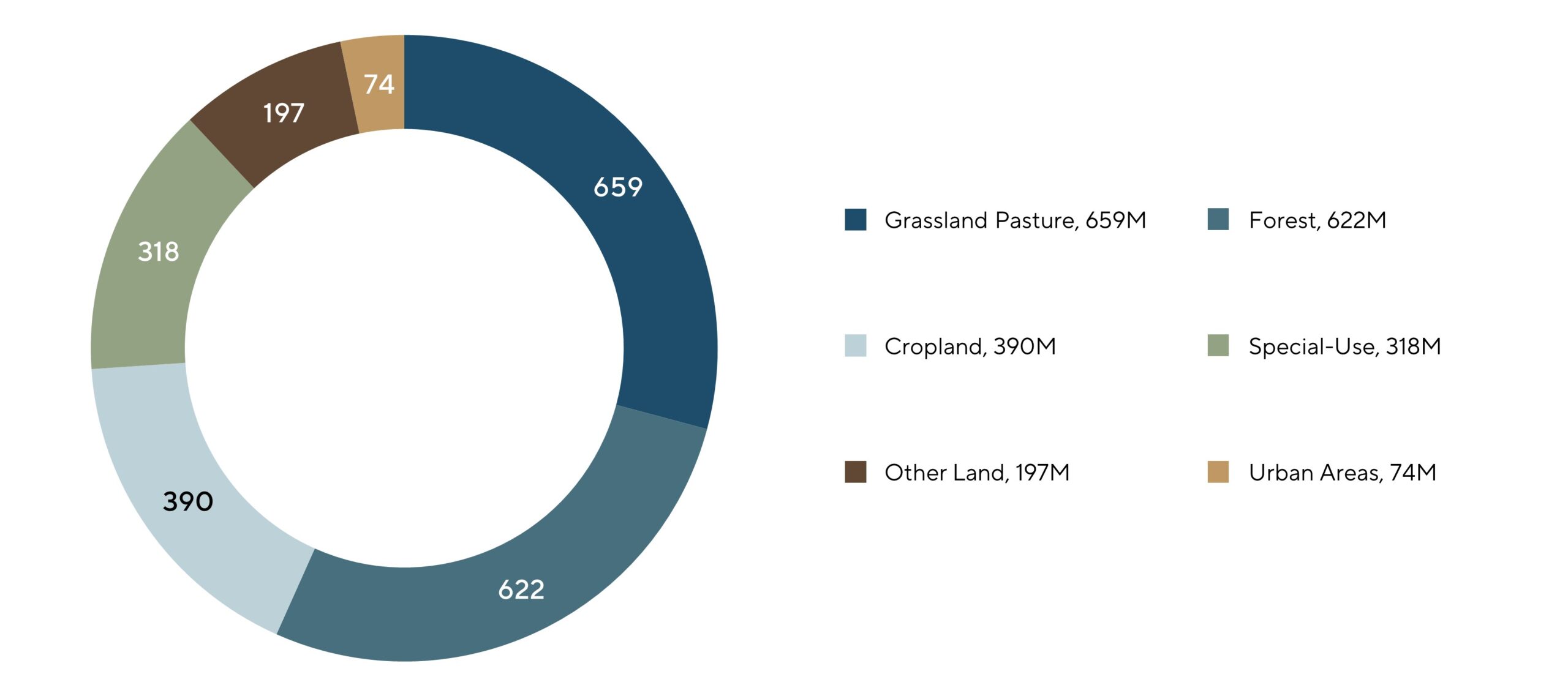
An economy is only as sustainable as its natural resources, and these ranchland acres are home to over 120 mammals, 2,900 plant species, and over 200 bird species. Also, a study by OCC found that nearly 90% of the western United States depends on national forests and grasslands for drinking water, with many of the headwater river systems forming within or near grassland pastures.
Within ranchlands, there are two increasingly scarce resources: production land and water. The U.S. loses approximately 2 million acres of productive rangeland annually to urban sprawl, drought, and conversions to cropland. In the Rocky Mountain region alone, ranchland acreage has declined by over 21 million acres since 1997. Such reductions threaten the availability of productive agricultural land, diminishing its ability to sustain food production and support the economic stability of rural communities. Similarly, water scarcity is an increasing concern across the west, placing additional pressures on land conservation and finding new solutions to keep these working lands in production agriculture.
By maintaining ranchlands in production and ensuring sustainable stewardship, we protect not only their economic and agricultural contributions but also their vital role in preserving the ecological balance and resilience of our natural resources, not to mention the long-standing cultural significance they play for thousands of families. This interconnected importance highlights why the careful and deliberate transition of ranchland should be something most people have a vested interest in seeing succeed.
Solutions for Landownership Transfer
Ranchland ownership transfer conceptually can be thought of through a goals-driven approach tailored to each family’s unique needs and circumstances. Options might include:

Emerging Ownership Structures
New ownership structures are evolving to balance liquidity needs with long-term land stewardship. Tokenization backed by land assets offers fractional ownership opportunities, enabling families to access capital without losing control. However, these approaches remain nascent, facing regulatory uncertainties and requiring a high level of trust among operators and investors. Such models could redefine ranchland ownership but need refinement to address operational and financial risks.
Generational Transfer Planning
Comprehensive estate planning is essential to facilitate seamless generational transfers. Emerging tools and professional resources help families move beyond conversations to actionable plans. These include strategies like family limited partnerships, life insurance solutions, and conservation easements, which can mitigate tax burdens and financial pressures while preserving family legacies.
Institutional Ownership
For families unable or unwilling to retain ranchlands, institutional ownership offers a practical alternative. Leveraging advanced technologies such as drones, virtual fencing, and centralized management systems, and rangeland health monitoring, institutions can maintain operational efficiency and ecological stewardship. The success of institutional models in farmland and timber, as reflected by the $43 billion in institutional properties owned and operated among these property types, demonstrates the potential for similar frameworks in ranchland, ensuring these assets remain productive and sustainable.
Government and Regulatory Considerations
The importance of ranchland to national food security and ecosystem health raises questions about policy. Excluding estate taxes for agricultural properties transferred within families could reduce barriers to generational ownership. However, safeguards must prevent abuse. Structuring exemptions with caps or strict operational requirements could strike a balance between preserving family ranches and preventing misuse.
Whether through family retention, institutional investment, or new ownership models, the priority must be ensuring that these lands remain in production agriculture, and that they are aligned with their essential role in our national and ecological well-being.
Conclusion
As stewards of our nation’s food security and natural resources, ranching families hold a critical responsibility. By embracing innovative solutions, we can preserve these lands for future generations, ensuring they remain productive, biodiverse, and resilient.
The generational transfer of ranchland marks a pivotal moment in the U.S. agricultural landscape. This transition is reshaping ownership patterns, driven by rising land values, changing family dynamics, and technological advancements. At the same time, resource scarcity and evolving market demands underscore the enduring importance of these properties.
Addressing this shift requires solutions that balance economic viability with the preservation of ranching heritage. Professional management, ethical stewardship, and community-aligned strategies will be key to ensuring that this historic land transfer benefits all stakeholders, from families to new owners and the broader agricultural economy. By understanding the forces at play, we can collectively shape a sustainable future for America’s ranchlands.
SOURCES
https://ers.usda.gov/sites/default/files/_laserfiche/publications/109971/EIB-275.pdf?v=53080
https://quickstats.nass.usda.gov/ (1997-2022 census survey data for livestock operations and inventory)
https://www.ssa.gov/oact/STATS/table4c6.html
See 2024 National Ranchland Property Index®Methodology data
https://www.ers.usda.gov/topics/animal-products/cattle-beef/sector-at-a-glance AND https://www.ers.usda.gov/data-products/chart-gallery/chart-detail?chartId=76949
https://www.ers.usda.gov/data-products/ag-and-food-statistics-charting-the-essentials/ag-and-food-sectors-and-the-economy https://www.nass.usda.gov/Newsroom/archive/2021/01-22-2021.php
https://www.nass.usda.gov/Publications/Highlights/2021/census-typology.pdf
https://resources.evans-legal.com/?p=3627
IMPORTANT INFORMATION
Copyright© Ranchland Capital Partners, LLC 2024. All rights reserved.
This material is proprietary and may not be reproduced or distributed without Ranchland’s prior written permission. It is delivered on an “as is” basis without warranty or liability. Ranchland accepts no responsibility for any errors, mistakes, or omissions or for any action taken in reliance thereon. All charts, graphs, and other elements contained within are also copyrighted works and may be owned by Ranchland or a party other than Ranchland. By accepting the information, you agree to abide by all applicable copyright and other laws, as well as any additional copyright notices or restrictions contained in the information.
The views and information provided were created at various dates in time and unless otherwise indicated, are subject to frequent changes, updates, revisions, verifications, and amendments, materially or otherwise, without notice, as data or other conditions change. There can be no assurance that terms and trends described herein will continue or that forecasts are accurate. Certain statements contained herein are statements of future expectations or forward-looking statements that are based on Ranchland’s views and assumptions as of the date hereof and involve known and unknown risks and uncertainties that could cause actual results, performance, or events to differ materially and adversely from what has been expressed or implied in such statements. Forward-looking statements may be identified by context or words such as “may, will, should, expects, plans, intends, anticipates, believes, estimates, predicts, potential, or continue” and other similar expressions. Neither Ranchland, its affiliates, nor any of Ranchland’s or its affiliates’ respective advisers, members, directors, officers, partners, agents, representatives, or employees, or any other person, is under any obligation to update or keep current the information contained in this document.
This material is for informational purposes only and is not an offer or a solicitation to subscribe to any fund and does not constitute investment, legal, regulatory, business, tax, financial, accounting, or other advice or a recommendation regarding any securities of Ranchland, of any fund or vehicle managed by Ranchland, or of any other issuer of securities. No representation or warranty, express or implied, is given as to the accuracy, fairness, correctness, or completeness of third-party sourced data or opinions contained herein, and no liability (in negligence or otherwise) is accepted by Ranchland for any loss howsoever arising, directly or indirectly, from any use of this document or its contents, or otherwise arising in connection with the provision of such third-party data.
Featured Articles
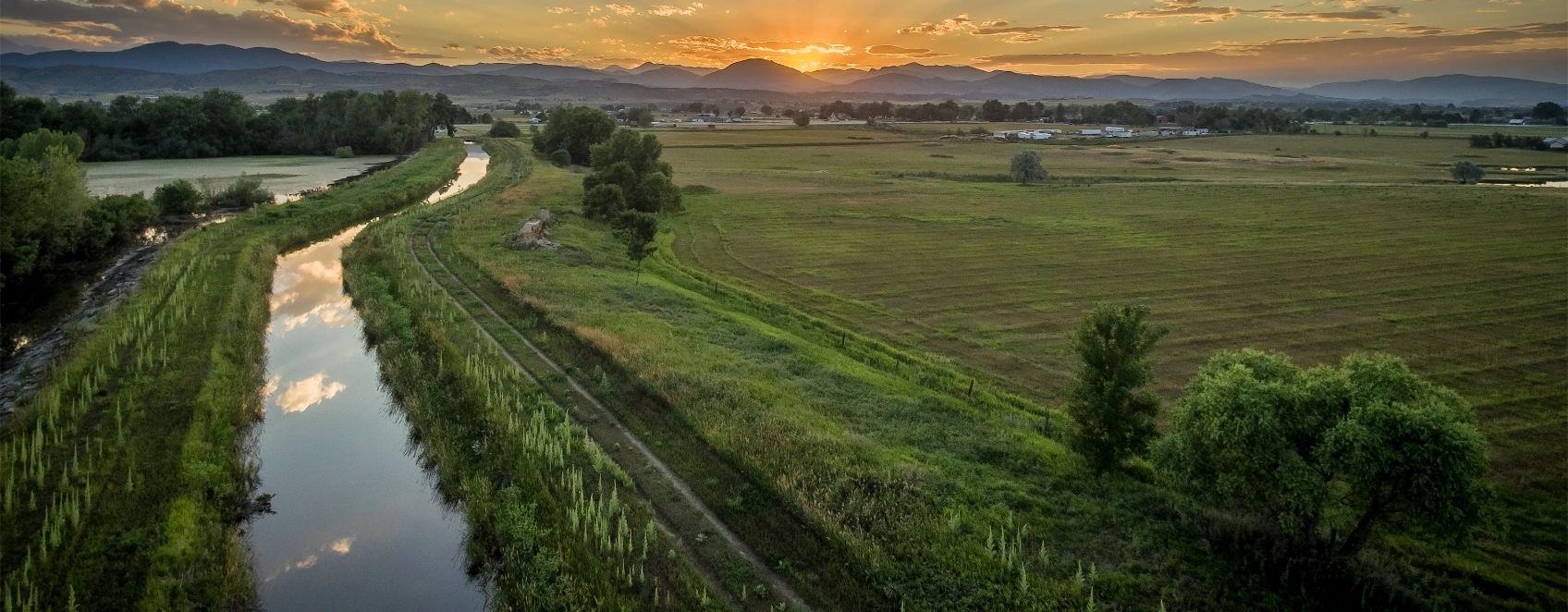
Using Heavy Tail Optimization to Evaluate the 2023 Milliman Study Allocation
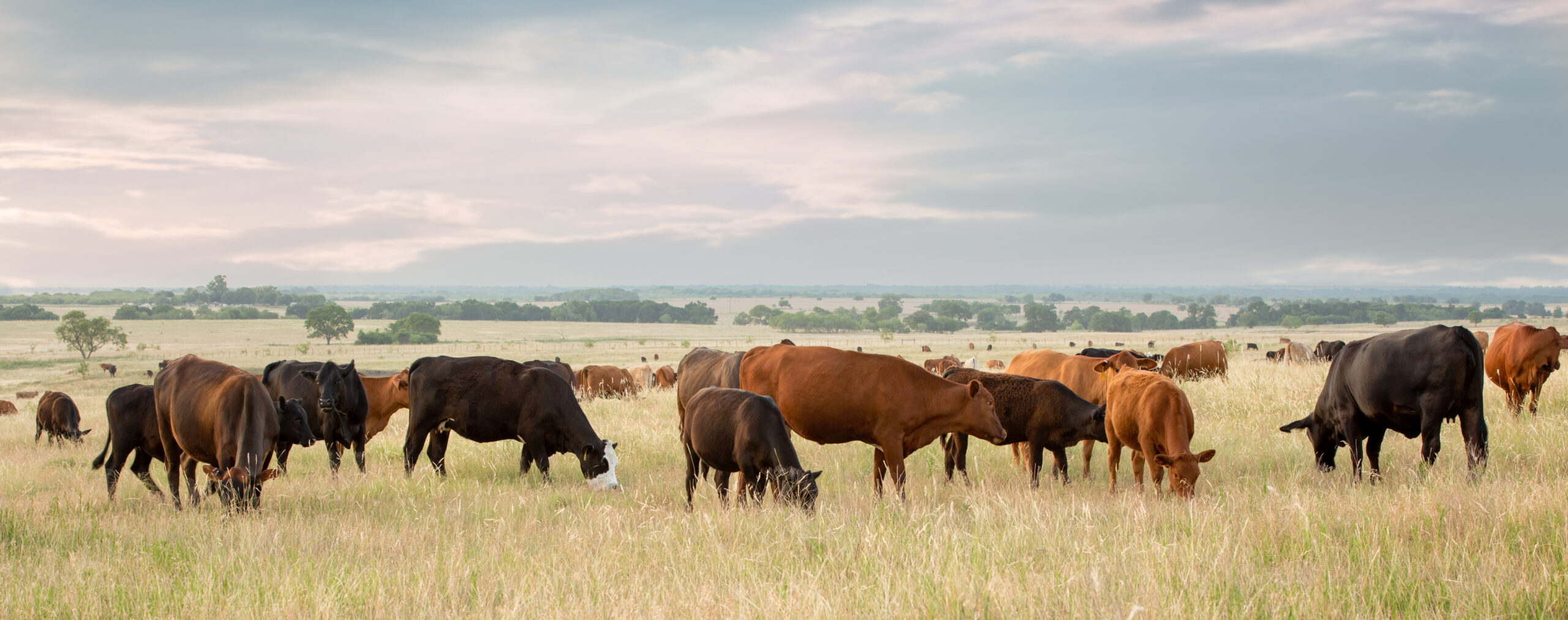
The Relationship between Cattle, Sustainability, and Ecosystem Function

Why Now?

Hunting and Conservation: An Integral Relationship
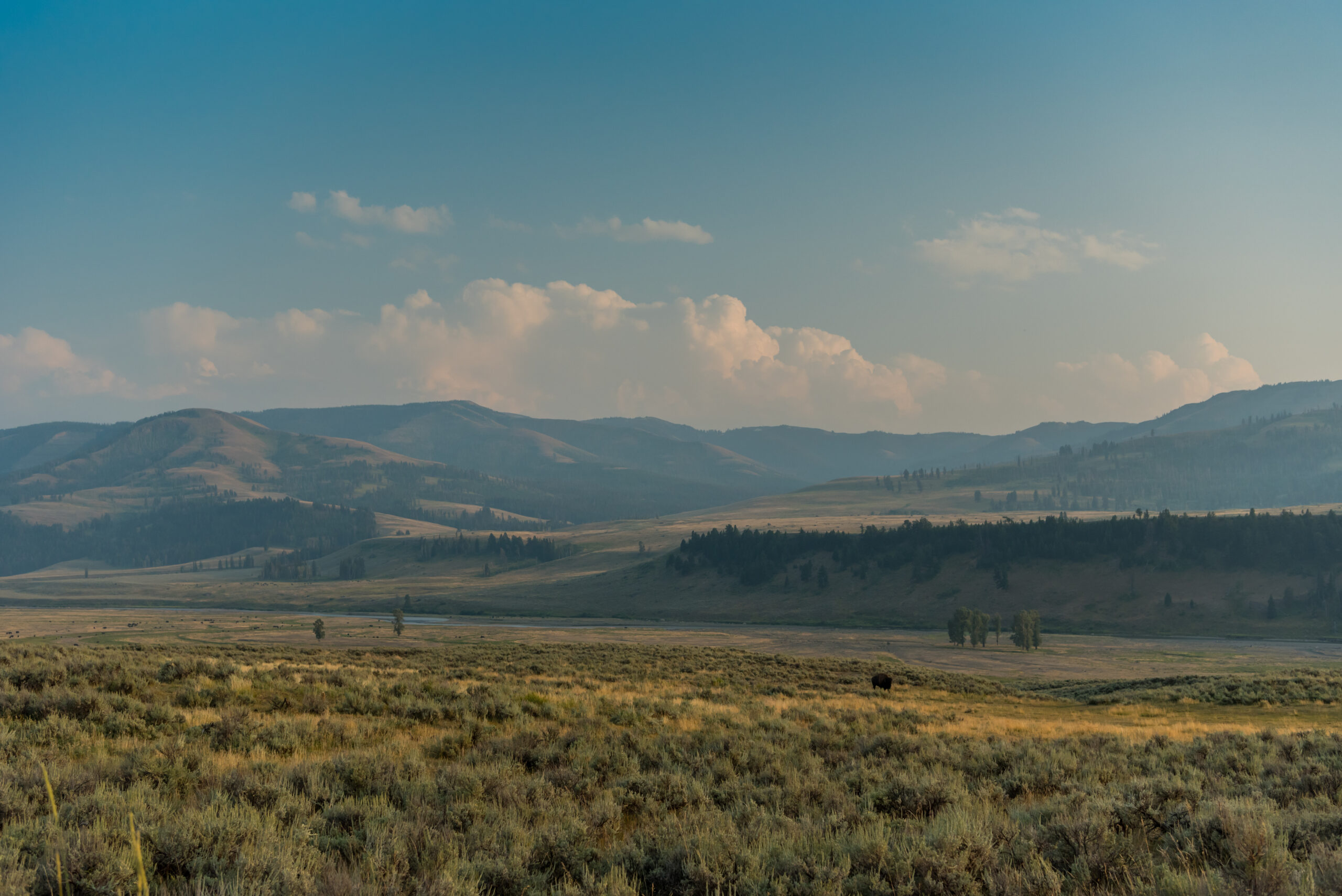
Ranchland Economics under the New Trump Administration: An Initial Look.
